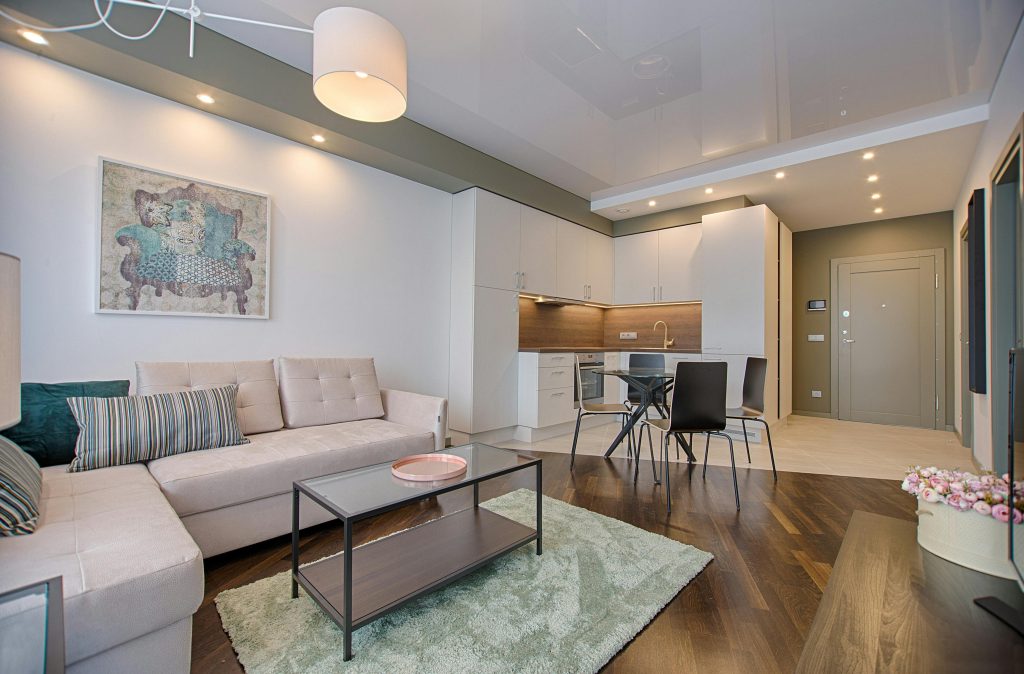Creating a cohesive interior design goes beyond choosing the right furniture and paint colours. Integrating signs and graphics into your decor can significantly enhance the aesthetics and functionality of a space. This guide explores how to effectively use these elements to create a harmonious and visually appealing environment.
Understanding Signs and Graphics
Definition and Examples Signs and graphics encompass various visual elements, from informational signs to decorative murals. They serve practical and aesthetic purposes, making them essential interior design components.
Historical Context
Evolution of Interior Design with Signs The use of signs in interior design has evolved, from simple directional signs to intricate decorative elements. This historical perspective helps us appreciate the diverse applications of signs and graphics in modern interiors.
The Role of Signs in Interior Design
Enhancing Aesthetics and Functionality Signs play a crucial role in enhancing the look and feel of a space while providing essential information. They can guide visitors, promote safety, and contribute to the overall design theme.
Types of Signs Used in Interior Design
Informational, Directional, and Decorative Signs Understanding the different types of signs—informational, directional, and decorative—helps in selecting the right elements for your space. Each type serves a specific purpose and can be tailored to fit the design scheme.
Graphics in Interior Design
Murals, Wall Decals, and Artwork Graphics such as murals, wall decals, and artwork add a unique touch to interior spaces. These elements can be customized to reflect personal tastes or brand identity, enhancing the overall design.
Choosing the Right Signs and Graphics
Factors to Consider When choosing signs and graphics, consider factors like size, colour, material, and placement. These elements should complement the existing decor and serve their intended purpose effectively.
Materials for Signs and Graphics
Popular Choices and Their Benefits Materials like wood, metal, acrylic, and vinyl are commonly used for signs and graphics. Each material has its benefits, such as durability, versatility, and aesthetic appeal.
Color Theory in Signs and Graphics
Harmonizing Colors for Cohesive Design Applying colour theory to signs and graphics ensures that they harmonize with the overall colour scheme of the interior. Choosing the right colours can create a balanced and visually pleasing environment.
Typography in Interior Design
Choosing Fonts and Styles Typography is a critical aspect of sign design. Selecting the right fonts and styles can enhance readability and contribute to the overall aesthetic of the space.
Incorporating Branding Elements
Consistency with Brand Identity For commercial spaces, incorporating branding elements into signs and graphics ensures consistency with the brand identity. This approach reinforces brand recognition and creates a professional look.
Placement and Positioning
Strategic Placement for Maximum Impact The placement of signs and graphics affects their visibility and impact. Strategic positioning ensures that these elements are both functional and visually appealing.
Custom vs. Pre-Made Signs
Pros and Cons Deciding between custom and pre-made signs involves weighing the benefits of personalization against the convenience and cost-effectiveness of pre-made options.
DIY Signs and Graphics
Tips and Tricks for Creating Your Creating DIY signs and graphics can be a fun and cost-effective way to personalize your space. This section offers practical tips and tricks for crafting your designs.
Technology in Signs and Graphics
Digital Displays and Interactive Elements The integration of technology in signs and graphics, such as digital displays and interactive elements, adds a modern touch to interior design.
Case Studies
Successful Integrations of Signs in Interior Design Examining case studies of successful sign integrations provides inspiration and practical insights for using signs and graphics in your own space.
Common Mistakes to Avoid
Pitfalls in Using Signs and Graphics Avoiding common mistakes, such as overloading a space with too many signs or choosing clashing colours, ensure a cohesive and effective design.
Budgeting for Signs and Graphics
Cost-Effective Solutions Planning a budget for signs and graphics involves considering the costs of materials, production, and installation. This section offers tips for achieving a stylish design without breaking the bank.
Eco-Friendly Options
Sustainable Materials and Practices Using eco-friendly materials and practices in signs and graphics contributes to sustainable interior design. This approach benefits both the environment and your space.
Maintenance of Signs and Graphics
Keeping Your Design Fresh and Functional Regular maintenance of signs and graphics keeps them looking fresh and functional. This section covers cleaning, repairs, and updates to ensure longevity.
Future Trends
Innovations in Interior Design Using Signs Exploring future trends in signs and graphics reveals innovative approaches and technologies that are shaping the future of interior design.
The Psychological Impact
How Signs and Graphics Affect Mood and Behavior Signs and graphics can influence mood and behaviour, making them powerful tools in interior design. Understanding their psychological impact helps in creating environments that promote well-being.
Legal Considerations
Compliance with Regulations and Standards Ensuring that signs and graphics comply with legal regulations and standards is crucial for safety and accessibility. This section provides an overview of key considerations.
Expert Tips
Advice from Interior Design Professionals Interior design professionals share their tips and insights on using signs and graphics to create cohesive and attractive spaces.
Conclusion
Summarizing the Impact of Signs and Graphics In conclusion, signs and graphics are vital elements in creating cohesive and engaging interior designs. Their thoughtful integration enhances both the aesthetics and functionality of any space.


